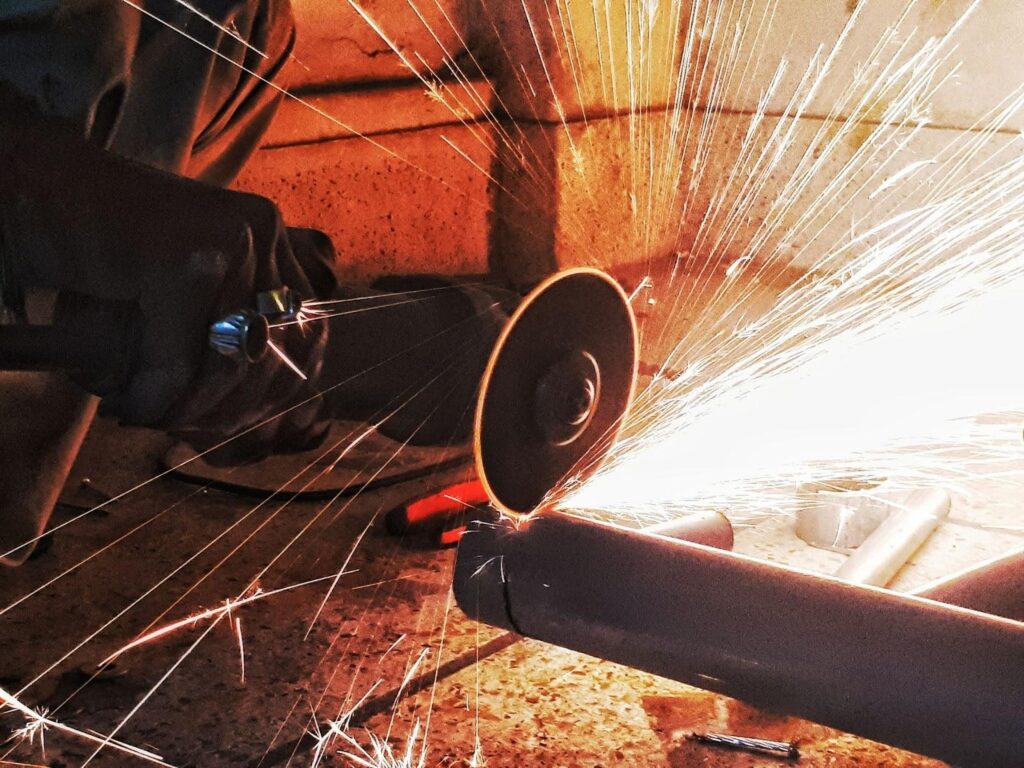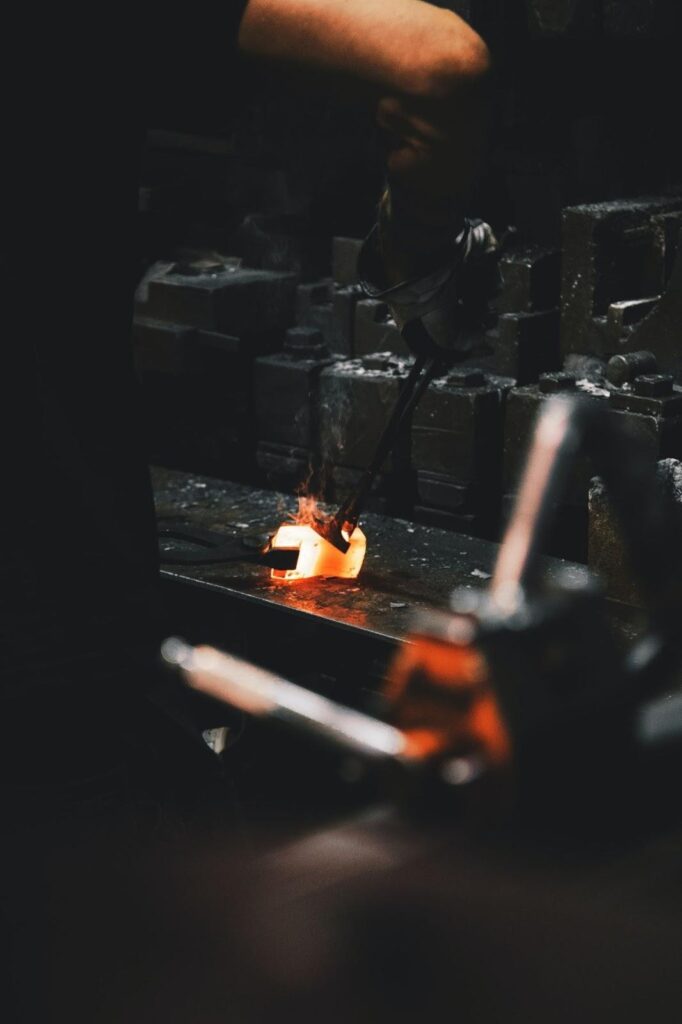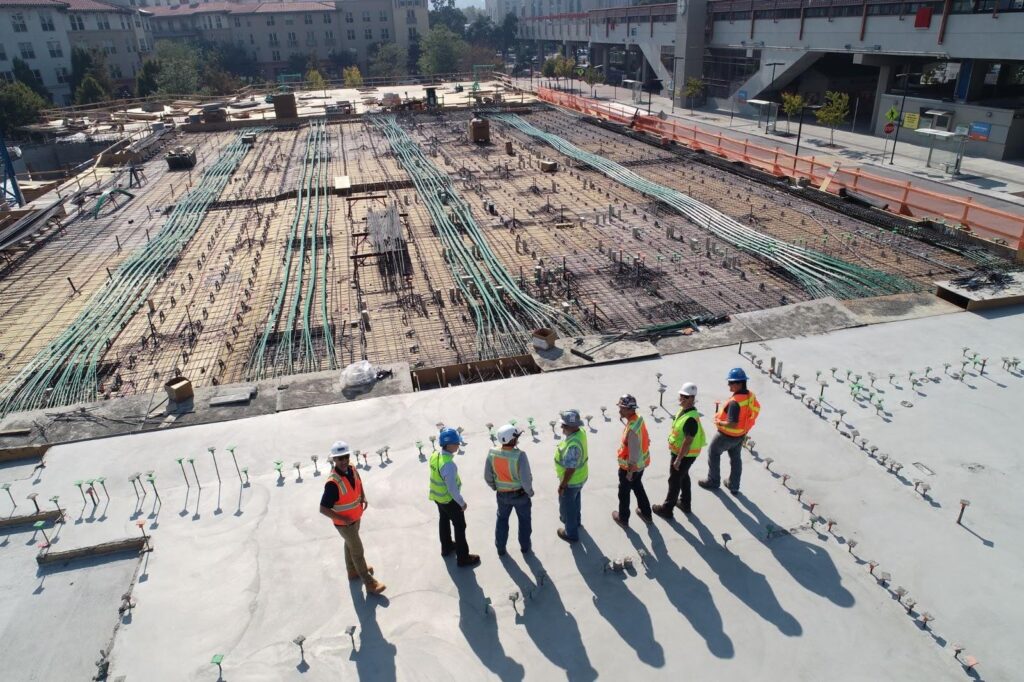Formworks are available in a variety of materials such as wood or steel, with the surface in contact with the concrete being used to have the desired finish. The formwork and its related falsework must be strong enough to withstand the weight of the wet concrete without causing substantial distortion. In this article, we’ll be telling you what to look out for when patronizing formwork companies Sydney features. This will keep you from buying what you’ll regret. Click here to read more about formwork companies Sydney Features.
In most cases, after the concrete has reached a suitable hardness, the formwork is discarded, but in some cases it can be left in place (permanent formwork).

For concrete formwork, the most widely used materials are timber and steel; however, a variety of other materials are used, mostly for specialized applications.
With the advent of new technologies, the building industry has seen tremendous rapid growth. Building plans and designs for large buildings are now produced using software, which has increased the speed, efficiency, and protection of construction while also significantly lowering costs. Furthermore, the construction materials used are much more durable and long-lasting than those used only a few years before, allowing us to build cleaner and more functional buildings.
Top formwork companies are taking advantage of the advent of the tech in the construction industry.
Formwork is an important component of the construction industry and can be described as a temporary or permanent form into which concrete is poured and hardened.
Formwork has been used in architecture for hundreds of thousands of years to help in the construction in buildings of various sizes and shapes. Furthermore, various types of formwork have been used in Australia for over 300 years, since colonization.
It may be difficult to locate suitable scaffolding and formwork. There are several solutions available online, but not all of them are produced equal. Given the importance of these methods in ensuring workplace safety and getting the job done correctly, it’s worthwhile to do some homework before placing an order. Continue reading for seven tips on how to buy formwork and scaffolding online that will help the operation go more smoothly.

1. Research the Formwork Supplier
On the floor, both scaffolding and formwork contractors or suppliers can tend to be the same. Regrettably, this is not the case. Contractors must do preliminary research on companies and ensure that they have the necessary expertise and knowledge to design durable reliable goods.
2. Stick to the Standards
There is an explanation that each part of the world has different criteria for formwork and scaffolding. Check to see whether the vendor collaborates with other businesses in the area and follows recognized regional guidelines. Manufacturers that use undefined products should be avoided. Before erecting scaffolding and formwork, double-check the regular numbers to ensure the components are built for that purpose.
3. Avoid Knock-Offs
It is not difficult to find fake goods on the internet, and construction equipment is no different. Keep in mind that, while knock-off goods made in China which seem to be the real deal, they are not subject to the same quality management requirements. Instead of falling for offers that are too good to be real, buy directly from a trusted retailer.
4. Embrace High-Tech Options
Scaffolding and formwork of today can seem plain, but they are high-tech items. The benefits of spending more money on high-tech formwork or scaffolding outweigh the initial cost. These options would be more adaptable, have greater flexibility, and reduce job-site hassles.
5. Ensure Traceability
Any formwork or scaffolding part should be labeled with the location of manufacture. This standard business practice means that consumers would have no problem locating parts if their equipment fails later on. It also speaks well to the producer. Manufacturers improve traceability in part to make it easy to detect and quarantine faulty goods, demonstrating a willingness to accept blame for their scaffolding or formwork.
6. Look for Stellar Support
When contractors depend on trusted vendors, the likelihood of anything going wrong is low. However, it is also important to partner for a firm that provides dependable technical assistance. In the unfortunate case that something goes wrong, no contractor needs to be left in the dark.
7. Inspect the Product
Formwork contractors should check the formwork or scaffolding before it comes, regardless of how much research they conduct before buying items. Check that the product delivered follows the standards set during the distribution process. Examine it to ensure that it is correctly sized and numbered, as well as that it has a high quality finish.
Slip Formwork Technique:
The slip formwork technique is a type of concrete placement technique. This technique is commonly used for tall buildings such as chimneys and silos. It is also used in the building of roads. This technique is suitable for both vertical and horizontal building.
In the case of vertical structures such as chimneys and silos, slip-forming concrete is constantly mounted, compacted, and formwork is pushed up by formwork jacks, providing reaction against key reinforcement.
The pace at which the formwork slips is determined by the temperature of the concrete and its ability to withstand without the assistance of formwork. With such precautions, this procedure is ideal for uniformly formed structures.
Method of Slip Formwork Construction:
At the structure’s foundation, slip formwork is built at a height of around 1.0 to 1.2 meters. Slip formwork is made up of a series of form belts, one for each surface, that are 1 to 1.5 meters wide and normally around 1.2m (4ft) long.
Slip formworks are typically used for the internal and exterior surfaces of a wall, chimney, and cooling towers, among other structures. When new concrete is poured into shapes, jack screws, hydraulic jacks, or pneumatic jacks lift the shape steadily and constantly.
If the shape is lifted, there is an option to correct any errors and adjust the wall thickness if appropriate. The formwork is raised at a rate of 5 to 30 cm/hour, depending on the specifications. This process contributes to reaching a construction rate of 1.2 to 7.2 m/day, which is not possible for any other construction tool.
Bottom Line
The opportunity to purchase required machinery remotely provides new contractors with many more opportunities than their forefathers. With too many choices, selecting the right items can feel like a chore. Top formwork contractors who follow the advice outlined above should end up with precisely the scaffolding or formwork materials they need to complete the job correctly.

